The next time you return from a run, cool down with this soothing 10-minute yoga for runners routine. It’s quick, you only need an exercise mat and it’ll leave your muscles feeling stretched and strengthened.
After my last run, I felt like trying something new. Bored of all my own go-to routines, I hit up YouTube in search of an efficient but effective yoga stretching routine.
One of the many benefits of yoga is that it can help relieve tension in your joints and muscles, so while an hour of yoga practiced consistently can transform body, mind, and spirit, just 10 minutes spent on your mat can produce feelings of well-being and boost flexibility.
Here’s how to do the yoga routine for yourself, plus why you might want to. Grab one of the best yoga mats to support your cool-downs, and read on.
Watch Mady Morrison’s 10-minute post-run stretching routine:
10 Min. Post-Run Stretch | Simple Cool Down after Running - YouTube

“Welcome to your 10-minute yoga-inspired stretching routine, which is the perfect little cool down after a short or long run,” introduces Morrison. “We take care of your entire lower body and stretch glutes, quads, hamstrings, and hips, but also get a little bit into the spine and side body.”
There’s a difference between stretching and mobility; stretching promotes relaxation and flexibility within the muscles, whereas mobility work combines an active range of motion with strength-based work to prepare muscles and joints for movement. Together, they’re powerful, but this session works on the former and is most beneficial after your run to help reduce injury risk and promote recovery.
“As always the sequence is well balanced and all of the exercises flow seamlessly into each other,” Morrison adds. “I first designed a much more fancy sequence but finally came to the point that all I personally want after running, is a simple but effective stretching routine.”
But the routine might not be for everyone. If you have sensitive knees, Morrison recommends “pad your knees,” meaning to place something soft like a cushion or bolster beneath them during kneeling positions like a low lunge, quad stretch, runners lunge and lizard.
“During the quad stretch, please try to not put your weight directly on the kneecap (patella), but more on the softer flesh right above the kneecap.” Morrison also adds you may want to switch the lizard pose to the pigeon pose for variety.
“And last but not least, in the seated twist make sure to actively pull the bent thigh towards you, so you actually benefit from that beautiful stretch in your outer thigh and buttocks.”
Verdict
Each exercise is cued on the screen but without talking, so be sure to check out the next move beforehand. You’ll hold stretches for 30 seconds per side with a short rest between each to transition.
30 seconds is about right when holding a stretch as it provides enough time for the nervous system to signal to the body that the stretch is safe and the muscles can relax. It’s a clever system governed by the Golgi Tendon Organ (GTO) and works alongside the stretch reflex to prevent injury from sudden overstretching, overexertion, or lengthening.
In general, I try to get clients to hold every stretch for at least 20 seconds but longer is better as the body has enough time to settle, relax and deepen into a stretch, improving range and flexibility.
I love the relaxing music as it helps me settle into poses. 30 seconds doesn’t sound very long, but when you’re holding an intense stretch, it can feel like a lifetime. Even if you choose to mute this session, having a relaxing playlist on the go could help you settle into it more effectively.
30 seconds doesn’t sound very long, but when you’re holding an intense stretch, it can feel like a lifetime.
I'm also a big fan of all the exercises in this sequence and while it’s a lower-body-focused class, you’ll work on spine mobilization and lower back release. Each move can be scaled according to your ability, so don’t push your body toward pain for the sake of a posture. I like to find a place that’s uncomfortable and challenging (without pain) and hold the stretch without fidgeting.
One tip I like to give people who try stretching or mobility classes: use a yoga block! These little tools are not a cop-out and can help you develop a posture or pose you may not normally reach, so utilize them. In some instances, like during the seated forward fold, positioning a block behind your feet can make the exercise more challenging as you reach your hands behind the block instead, increasing your range of motion.
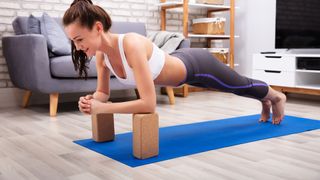
A piece of advice I learned years ago as a yoga beginner is to breathe. It’s a leading principle within yoga and Pilates and particularly helpful during those neverending yin classes.
Avoid holding your breath and, where possible, use diaphragmatic breathing — an expansive breathing technique that sends the breath toward your stomach, back and sides, like inflating and deflating a balloon.
On your inhale, imagine expanding your torso, and on the exhale, allow the air to gently push away as your stomach deflates. We’ve put together some breathing exercises here to help you get started the next time you head into a stretch. This routine is certainly getting a save to my favorites. I'm obsessed already.
More from Tom's Guide
- Does yoga build muscle?
- Pilates instructor shares full-body routine to strengthen muscles and boost posture — and it only takes 20 minutes
- Forget the gym — this 12-minute morning Pilates routine strengthens and tones your entire body
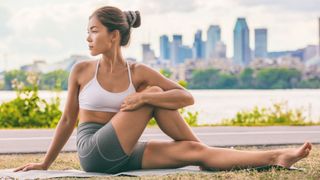

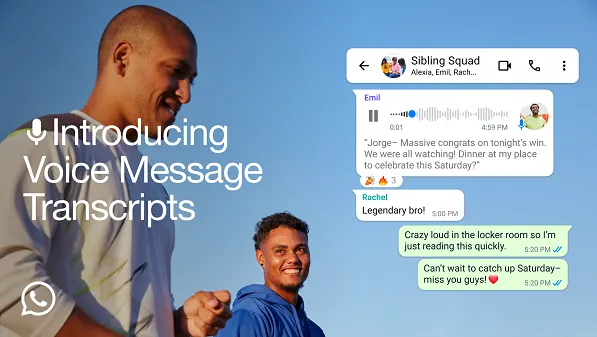





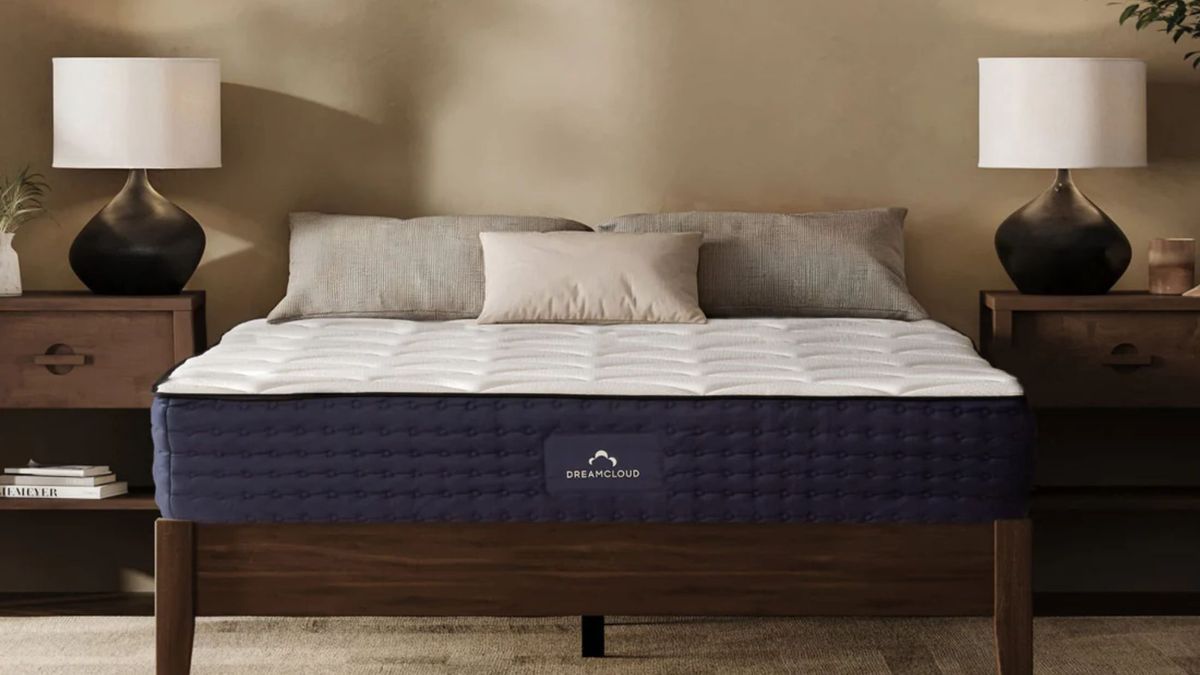
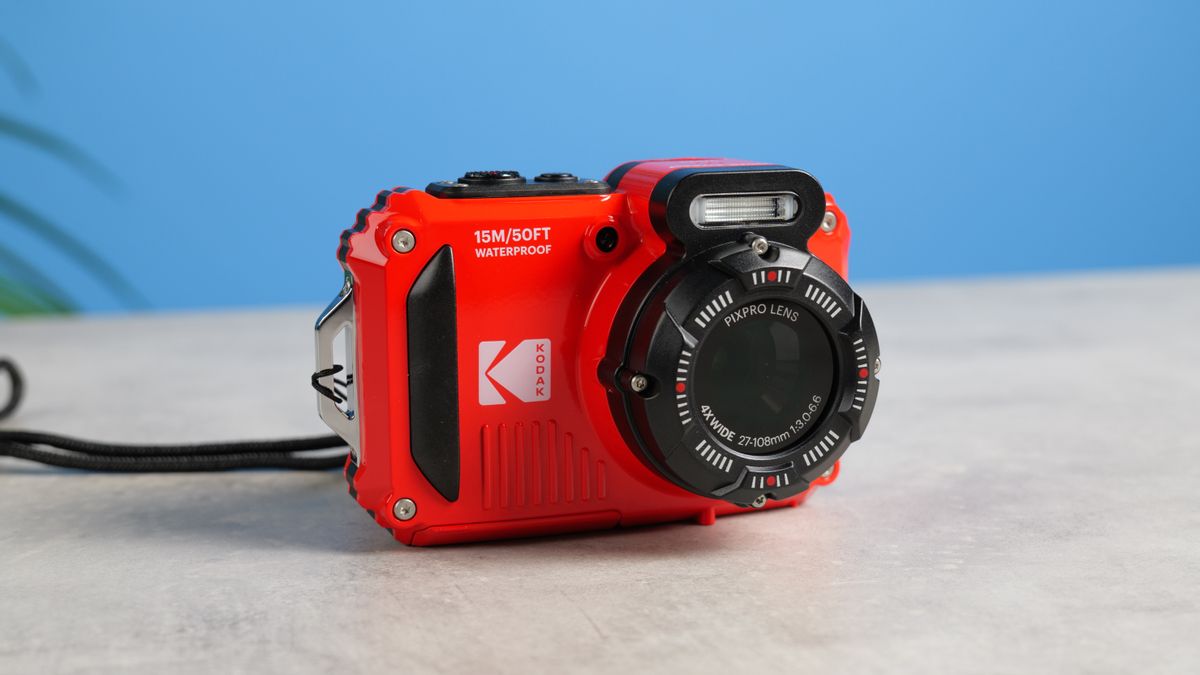





)





 English (US) ·
English (US) ·